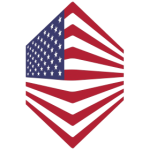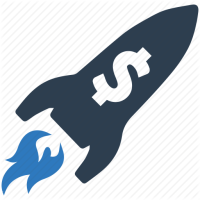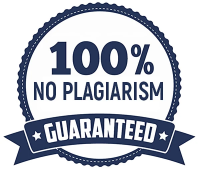Coca-Cola Marketing Strategy
Coca-Cola Marketing Strategy
Order Premium Paper Now
Introduction
The nonalcoholic industry is a profitable sector that generates about $60billion in the U.S. This industry is not only fueled by novel products but also friendly costs. As of 2012, both Coca-Cola and Pepsi had the largest market share of 67% with $4.0 billion total sales. The annual consumption per person is 56 gallons; however, it is difficult to gain the market share for new entrants because the market is oligopolistic in nature. Though the industry is lucrative to new entrants, they do not represent a threat to existing firms because of the economies of scale, established distribution channels and loyal customers. Nevertheless, the acquirement of Dr. Pepper Snapple (DPS) by Keurig Green Mountain is a strategic move that gives it a competitive advantage. Coca-Cola, for instance, is the leading manufacturer and distributor of non-alcoholic drinks in the world producing almost 400 beverage brands in about 200 countries. The company has its headquarters in the United States of America in Atlanta, Georgia. It produces syrup concentrates and sells them to bottlers all over the world who hold Coca-Cola franchises. The bottlers, who have special regional contracts with the company, produce the finished products in bottles and cans from the syrup adding filtered water and sweeteners. They then sell and merchandise the Coca-Cola products to retailers, restaurants and foodstuff service distributors.








